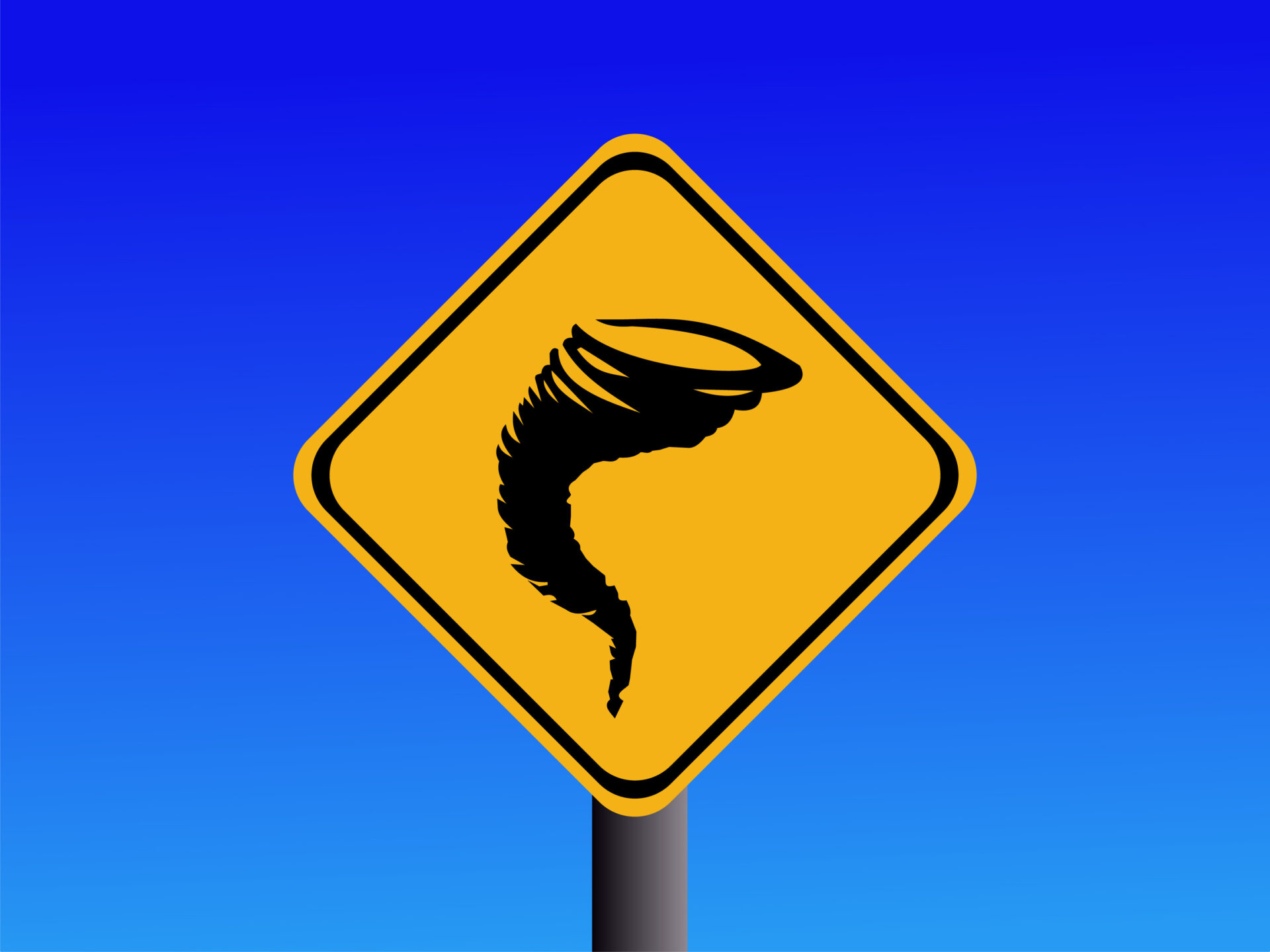Strong winds traveled north from Greenbrier County into the quiet community of Hillsboro Wednesday evening. There, they accumulated into a full tornado — the first recorded in Pocahontas County history.
The tornado traveled through empty fields and did not make contact with any buildings. No damages or injuries have been reported, but emergency response officials will survey the area this week for more information.
West Virginia has recorded more tornadoes this year than any before. As of Aug. 8, the National Weather Service (NWS) reported that 19 tornadoes struck the state this year, with Wednesday bumping that figure to 20.
Previously, the most tornadoes recorded in one year of state history was 14 in 1998.
Tony Edwards, NWS warning coordination meteorologist for the Charleston area, said severe weather events in early April contributed to this year’s high tally. But so have new types of technology that better detect tornado occurrence, like aerial drones.
“Drone imagery was really crucial to us being able to tell that they were, in fact, tornadoes and not straight-line wind damage,” he said. “I think if that event had happened 10 years ago, we wouldn’t have called so many of them tornadoes because we would have been limited to ground surveys.”
Edwards pointed to neighboring Ohio, which has also experienced a record-breaking number of tornadoes this year. The state’s count rose to 71 this week.
“Improvements in technology are just allowing us to see and diagnose more tornadoes than in the past,” he said. “But it has been busy.”
Map Credit: National Weather Service
Kevin Stitzinger, deputy director for emergency management in Pocahontas County, said his department was notified of severe wind alerts from the National Weather Service around 6 p.m. Wednesday.
By 6:30 p.m., a tornado was spotted rolling through a rural area in the southern part of the state. Stitzinger said the storm “passed relatively quickly,” traveling toward the town of Marlinton and the Randolph County border before subsiding.
“Luckily, it avoided any homes,” he said. “We have no reports of any injuries or structural damages at this point. We are just feeling really thankful that we got through it without any problems, any injuries.”
Because it did not cause any major damages, Stitzinger said the tornado generated more intrigue than concern locally.
“People are more or less just kind of excited about it,” he said. “It was an interesting thing to see and to have happen in our area. We don’t often get tornadoes here simply because of the roughness of the terrain.”
Still, Stitzinger said Pocahontas County Emergency Management treated the event as a standard hazard, sending out alerts that asked residents to seek shelter.
While tornadoes are still relatively uncommon in West Virginia, Edwards said the region is prone to strong winds, which can knock down trees and cause structural damage.
Regardless of a weather event’s classification, Edwards said residents should take precautions.
In moments of severe wind, “you want to be in an interior room away from windows and doors,” he said. “Hunker down in that interior room when the storms are going on.”
Now, local responders are working with the NWS to complete a survey on the area, and the Pocahontas County emergency management office is finishing up its report on the incident.
Stitzinger is grateful the event passed without any major issue.
“Things went really well,” he said. “Everybody’s doing okay.”
